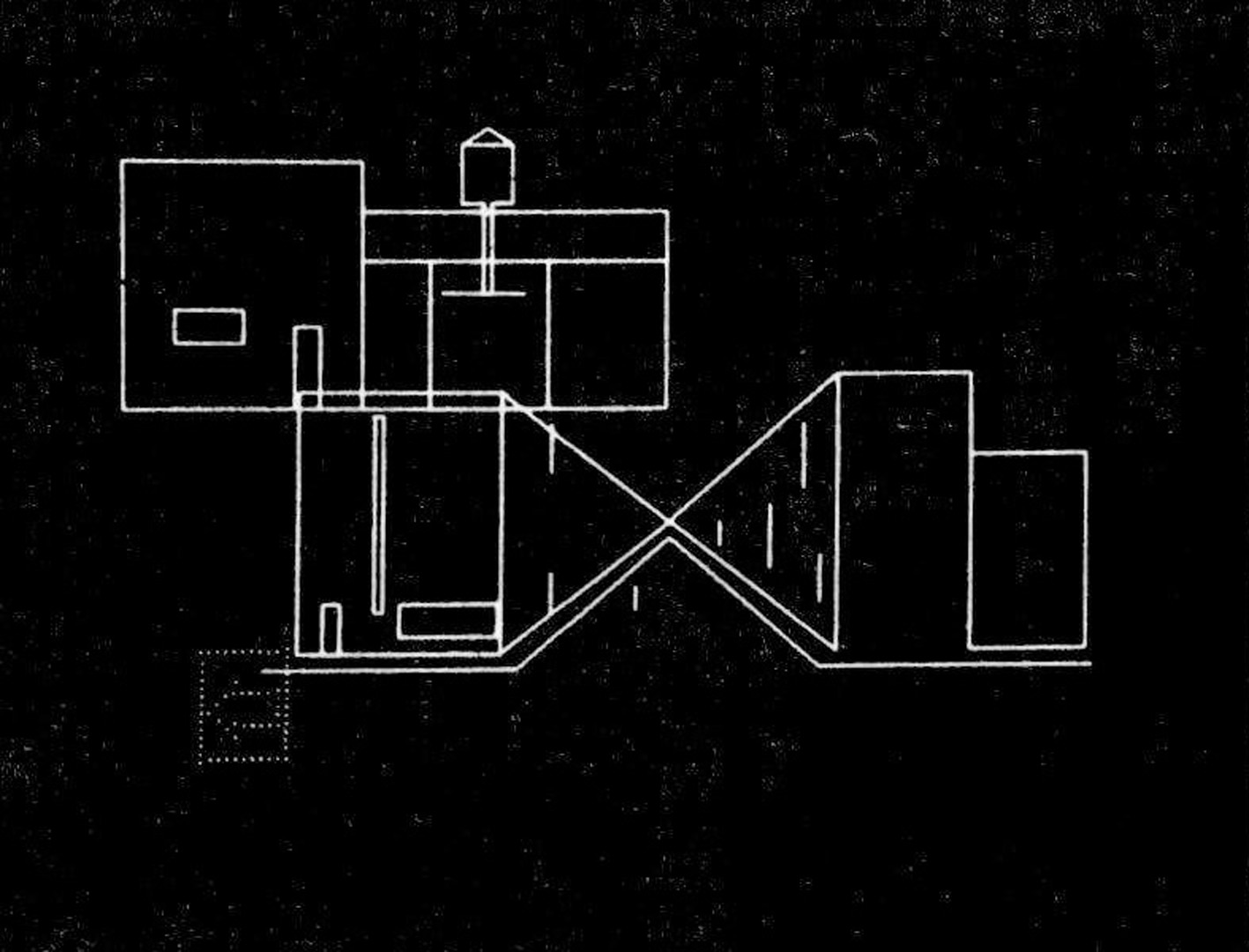“An Experiment in Interaction between Independent Music and Graphics Processors” by Kaczmarek and Smoliar
Conference:
Type(s):
Title:
- An Experiment in Interaction between Independent Music and Graphics Processors
Session/Category Title: General Applications Session
Presenter(s)/Author(s):
Moderator(s):
Abstract:
This paper describes an effort to design and implement an interactive system involving two independent processors – one a display processor and the other a music processor. The goal of the work was to develop tools and techniques for the artist interested in working with the media of animation and music in an integrated fashion. Since the purpose of our project was purely artistic, its success and significance can be evaluated only in terms of the uniqueness and viability of the products which our tools and techniques have yielded thus far. Our present results are unique to the extent that they would be extremely difficult, if not impossible, to reproduce on other existing animation systems. As far as aesthetic criteria are concerned, all we can say is that we find our results viable enough to warrant public exposure.
The basic principle of our system is that both animation and music are process-oriented. That is, both the display sequence and the performance of a musical score are described in terms of programs written in low-level interpretive languages. Both the animation and the music are performed in real time with all timing provided by external clocks which interrupt the interpreter programs at regular intervals. These clocks are actually built into the data communications hardware, so that all processor-to-processor communication is incorporated into the interrupt routine which services timing.
The music interpreter is designed in such a way that it supervises the execution of four independent “voice programs”, each of which describes the performance of a single sequence of notes. In an analogous fashion the graphic interpreter supervises the execution of four lower-level programs, each of which describes the motion of a single object in terms of the direction of its path, the distance it proceeds in that direction, and the amount of time it takes to traverse that distance. The sounding of each individual note by the music processor is determined by two external parameters which specify the pitch and duration of that note. These parameters are maintained at the top of stacks, a data structure which was chosen for being conducive to the representation of information relevant to the organization of tonal music (Smoliar, 1972).
Processor-to-processor communication is unilateral – from the music processor to the display processor. The music processor constantly informs the display processor of the data at the top of its eight stacks (pitch and duration parameters for four voices). The display processor then transforms the information it receives into parametric data regarding the motions of its objects. These transformations are subject to program control, and experiments have been performed in using different transformations as graphic interpretations of the initial musical data. The results of each experiment constitute a “graphical choreography” of the musical score represented in the music processor, displayed in real time while the music processor performs the score.
References:
1. Smoliar, S. W., “Music Theory – A Programming Linguistic Approach”, Proceedings of Annual Conference of Association for Computing Machinery, New York, 1972, pp. 1001–1014.
2. Smoliar, S. W., “EUTERPE-8: A PDP-8-based Music Processor”, Technical Report, The Moore School of Electrical Engineering, University of Pennsylvania, Philadelphia, November, 1974.




